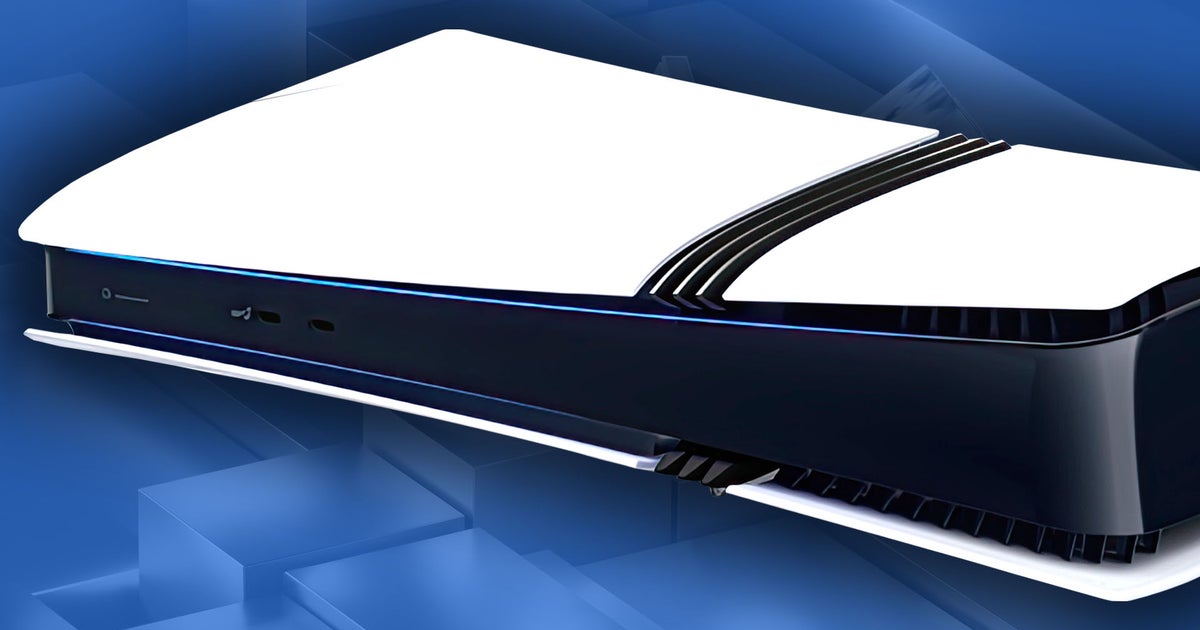Physiognomonics
Member
However, it's actually a point raised in last week's Direct that I want to tackle in this week's blog. Many believe - with some justification - that the PS5 Pro is a step too far and that such a console isn't needed. In fact, we've made the argument ourselves. Looking back at that piece, I warned about higher costs of a Pro console, but also looked at the potential improvements it could bring - all of which have come to pass with PS5 Pro.
That's one aspect of how a PS5 Pro may benefit people who aren't actually going to buy the console - better versions of the games you own in the years to come - but now we need to look at the overall strategic advantages for Sony. On the face of it, the idea of releasing a £699/$699 console doesn't sound like a particularly good idea, after all. However, the Pro innovates in the console space in a way that is essential for the hardware to come. The combination of CPU and GPU is now joined by machine learning silicon.
PS5 Pro has demonstrated that the opportunities to increase console performance and features by simply producing faster, more complex CPUs and GPUs is now over. For a $100 price premium, Sony doubled the size of the PS4 GPU in making PS4 Pro. Today, with PS5 Pro, a $250 price premium (over the equivalent digital base model) cannot do the same. Sony is achieving similar, if not outright superior results, by adding machine learning silicon and amplifying graphics via AI hardware. It has also allowed Sony to add in enhanced ray tracing capabilities into what must surely have been a very tight silicon budget.
As proven time and time again by Nvidia's innovations in the space, machine learning hardware offers a gigantic return on investment - but getting to where Nvidia is now requires two things: investment and patience.
None of this happened overnight and yet Nvidia has now effectively defined the direction of travel for graphics innovation and consoles need to catch up. And that's where PS5 Pro comes in. Sony has taken the smart path here, delivering the custom silicon required where AMD did not seem to have any, while at the same time developing PlayStation Spectral Resolution (PSSR) on the software side. We've now been 'eyes on' with PSSR across a range of games and while there's still work to be done in improving it, it's a big leap beyond existing upscaling solutions. But we shouldn't forget that the machine learning hardware isn't just a fixed function AI upscaling block - it can be used for all manner of tasks. PSSR delivers the biggest bang for the buck, but it's just the beginning.
We are looking at such a big change here that absolutely we should be looking at PlayStation 5 Pro as the console that sets the ball rolling for Sony in an area of crucial importance. I'd even venture to suggest that PlayStation 6 may even need PlayStation 5 Pro to exist for this evolution to happen. Sony's technology groups need time to develop technologies like PSSR and to ship them and to refine them. Meanwhile, developers need to grow accustomed to these technologies instead of simply focusing on them for their PC games.
Going back to PS5 Pro though, we've now seen enough of the machine to say with some level of conviction that it does what Sony says it does - but more than that, with titles like F1 24, there's evidence that those that target the hardware specifically will see much bigger boosts than simply 'fidelity mode at 60fps'. PS5 Pro doesn't answer the value question conclusively - not yet - but it's delivering clearly superior results to base hardware. More holistically though, today's added enhancements may well be laying the foundation work for the viability of 10th generation console hardware - and in that sense, its importance shouldn't be underestimated.

How PlayStation 5 Pro lays the groundwork for PS6 and beyond
A new DF Direct Weekly lands - as usual - today, with the team's thoughts on the recent State of Play, reaction to the …
Last edited:





